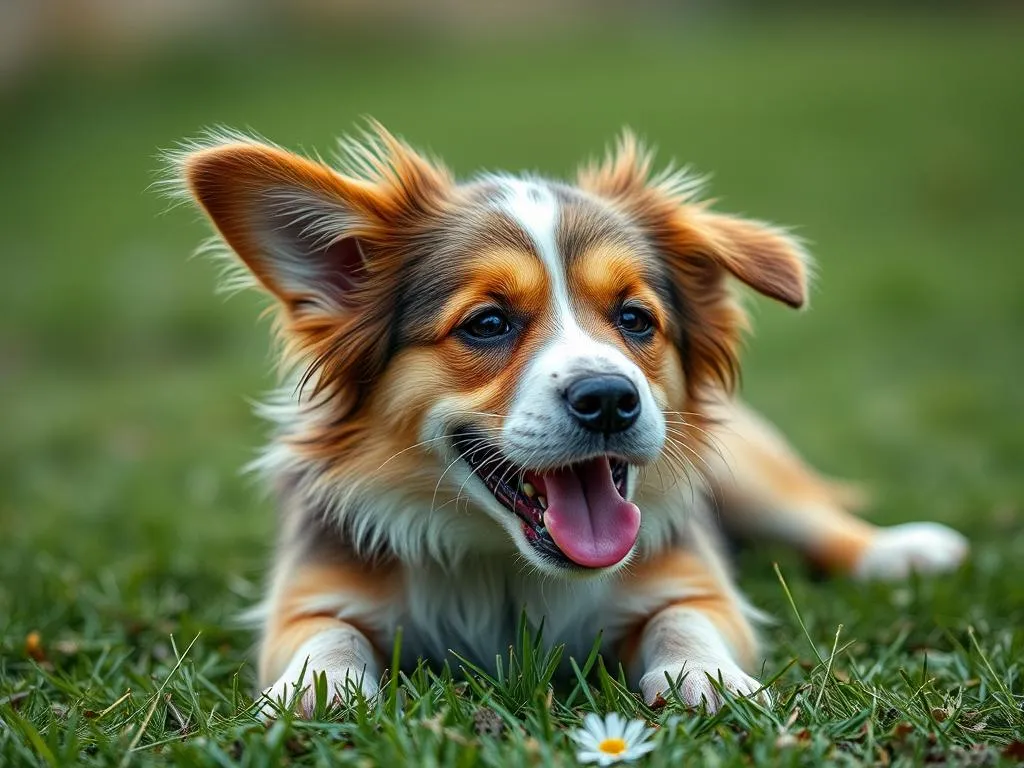
Introduction
Dog training is a vital aspect of responsible pet ownership, serving to enhance the bond between dogs and their humans while promoting good behavior. One often-overlooked component of effective training is understanding dog play styles. Just like humans, dogs have unique ways they prefer to engage with their environment and other beings. Recognizing these play styles can significantly impact training success, making it more enjoyable and effective for both the dog and the owner.
In this article, we will explore the various dog play styles, how they influence behavior, and how understanding these styles can enhance your training techniques. By the end, you will have a comprehensive understanding of how to tailor your training approach to your dog’s unique play style, ultimately leading to a happier, more obedient companion.
The Importance of Dog Play Styles
Understanding dog play styles is crucial for several reasons. Play is not just a way for dogs to expend energy; it is an essential part of their socialization and mental stimulation. Different play styles influence a dog’s behavior, shaping how they interact with other dogs, humans, and their surroundings.
When you recognize your dog’s play style, you can align your training techniques accordingly. This alignment helps to create a more effective training environment, improving obedience and reducing behavioral issues. For instance, a dog that thrives on social play may respond better to group training sessions, while a dog that enjoys object play might benefit from reward-based methods using toys.
By understanding and incorporating your dog’s play style into training, you will not only enhance their learning experience but also strengthen the bond between you and your pet.
Types of Dog Play Styles
Social Play
Social play is characterized by interactions with other dogs and humans. Dogs that enjoy social play tend to engage in activities like chasing, wrestling, and playing together with their peers.
Benefits for Training:
– Encourages socialization with other dogs, reducing the likelihood of aggression.
– Provides mental stimulation and physical exercise, leading to a well-rounded dog.
Object Play
Object play involves a dog’s interaction with toys or objects. Common examples include fetching, tug-of-war, and solo play with chew toys.
Benefits for Training:
– Promotes focus and concentration, as dogs learn to associate toys with rewards.
– Can be easily incorporated into training sessions, making learning fun and engaging.
Exploration Play
Exploration play is marked by a dog’s desire to sniff and explore their environment. This style is essential for breeds that thrive on curiosity and investigation.
Benefits for Training:
– Enhances adaptability, as dogs who engage in exploration play are often more willing to try new things.
– Useful in obedience training, as it encourages dogs to learn commands in different environments.
Physical Play
Physical play includes activities that involve physical exertion, such as wrestling, chasing, and running. Dogs that enjoy physical play often have high energy levels.
Benefits for Training:
– Builds physical fitness, which is crucial for a dog’s overall health.
– Reinforces bonding with the owner through shared activities, making training sessions more enjoyable.
Identifying Your Dog’s Play Style
Observing Behavior
To identify your dog’s play style, start by observing their behavior during various activities. Look for signs that indicate what type of play they prefer. For instance, does your dog get excited around other dogs, or do they prefer to engage with toys?
Experimenting with Different Activities
Experiment with various activities to see how your dog reacts. Try taking them to the dog park, playing fetch, or letting them explore new environments. Note which activities elicit the most enthusiasm and engagement.
Consulting with Professionals
If you find it difficult to identify your dog’s play style, consider consulting with a professional dog trainer or behaviorist. They can provide insights based on their expertise and help you tailor your training approach accordingly.
Tailoring Training Techniques to Play Styles
Training Techniques for Social Play
For dogs that thrive on social play, group training classes and playdates are excellent methods to foster positive social interactions. This creates a fun and engaging environment where dogs can learn from each other, reducing the likelihood of behavioral issues stemming from isolation or lack of socialization.
Training Techniques for Object Play
Utilize toys as rewards for dogs who enjoy object play. Interactive games such as fetch or tug-of-war can boost learning and retention. When your dog successfully follows a command, reward them with their favorite toy to reinforce the behavior.
Training Techniques for Exploration Play
Incorporate scent work and exploration-based activities for dogs that prefer exploration play. Use their natural curiosity to your advantage by incorporating training commands into walks or during outdoor adventures. This method keeps them engaged and reinforces their training in various environments.
Training Techniques for Physical Play
For dogs that enjoy physical play, agility training and other physical challenges can be beneficial. These activities not only provide exercise but also reinforce obedience and focus. Make training sessions dynamic and fun by incorporating physical games that challenge their abilities.
Common Challenges with Different Play Styles
Overexcitement and Impulsiveness
Some dogs may become overly excited during play, leading to impulsive behavior. To manage high-energy dogs during training, ensure that you provide regular exercise and mental stimulation. Implement structured training sessions to help channel their energy productively.
Aggression during Social Play
Aggression can sometimes arise during social play, especially if a dog feels threatened or overstimulated. Recognize the signs of aggression, such as growling or snapping, and intervene immediately. To foster positive interactions, gradually introduce your dog to new playmates and monitor their behavior closely.
Distraction in Object Play
While object play can enhance focus, it can also lead to distractions if a dog becomes too fixated on their toys. To refocus attention during training, use a variety of toys and rotate them regularly to maintain interest. Establish clear commands to redirect their focus when necessary.
Excessive Exploration
Some dogs may become overly distracted by their environment during exploration play, making it challenging to maintain focus during training sessions. To keep training sessions on track, practice in a controlled environment and gradually introduce distractions. This will help your dog learn to focus despite their curiosity.
Conclusion
Understanding dog play styles is a crucial aspect of effective dog training. By recognizing and leveraging these styles, you can create a training environment that enhances learning and strengthens the bond between you and your dog. Observing your dog’s behavior, experimenting with different activities, and tailoring your training techniques to their unique play style can lead to a more harmonious and obedient companion.
As you embark on this journey of understanding your dog’s play style, remember that patience and observation are key. Each dog is unique, and their preferred play style may evolve over time. By remaining adaptable and responsive to your dog’s needs, you can ensure a rewarding training experience that fosters mutual respect and joy.









